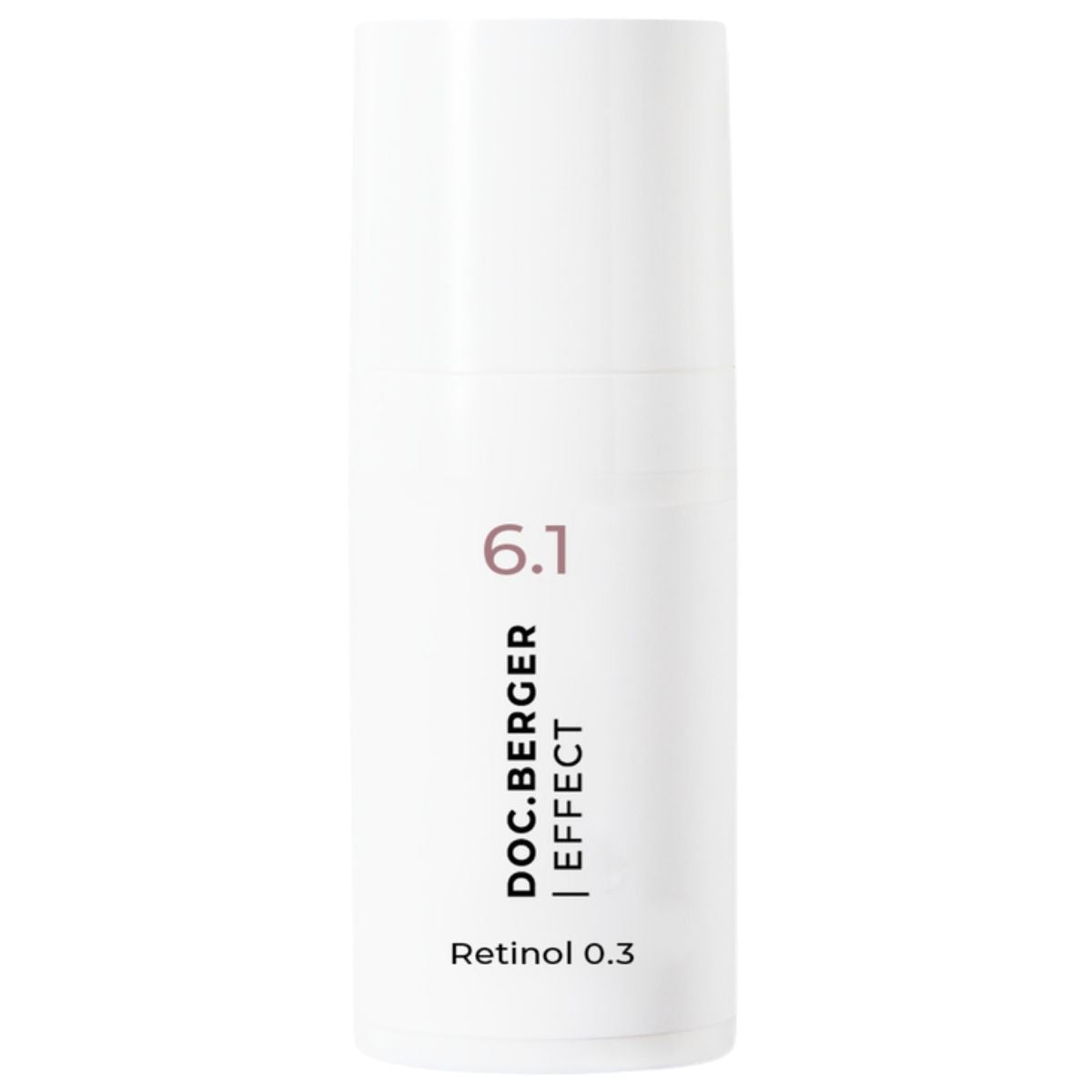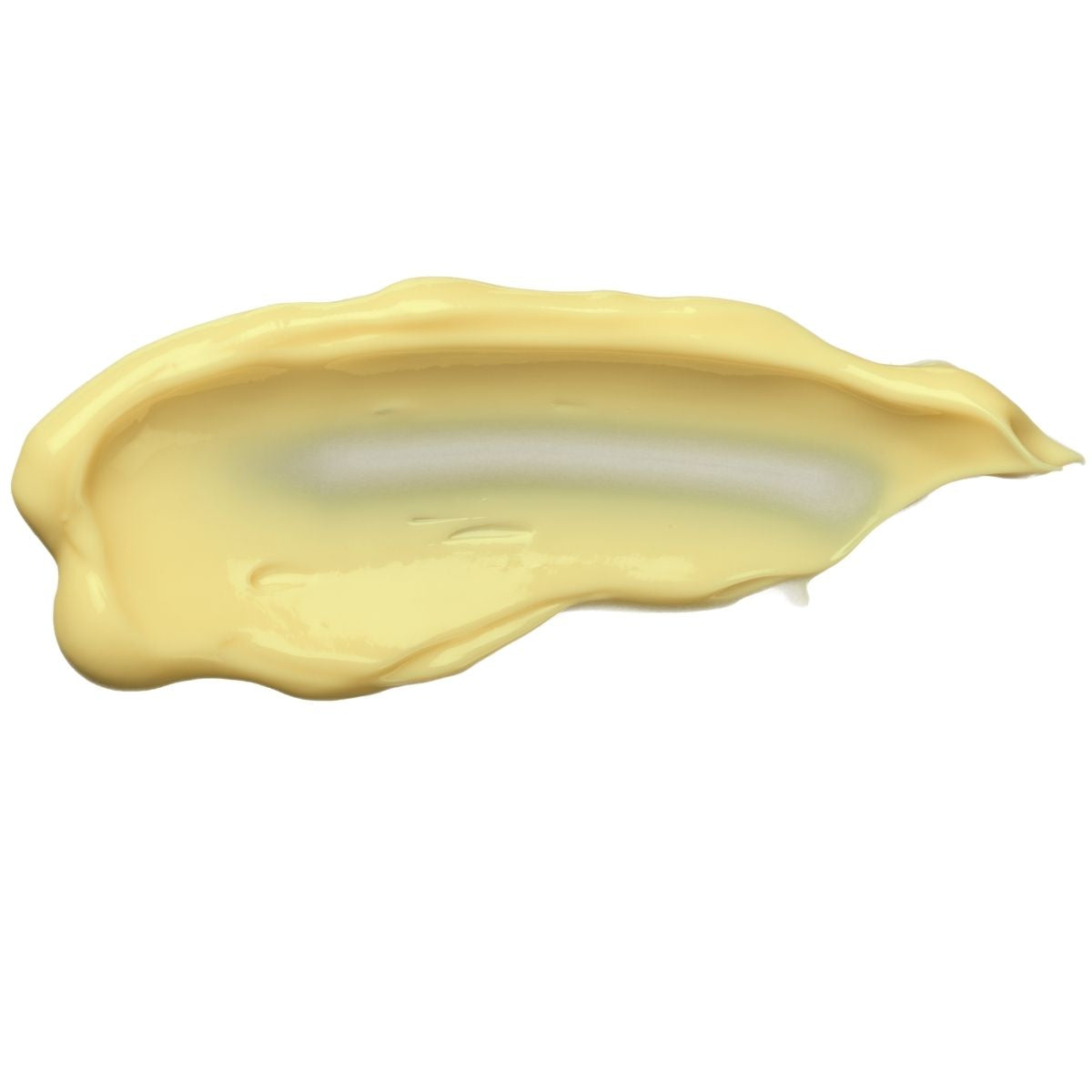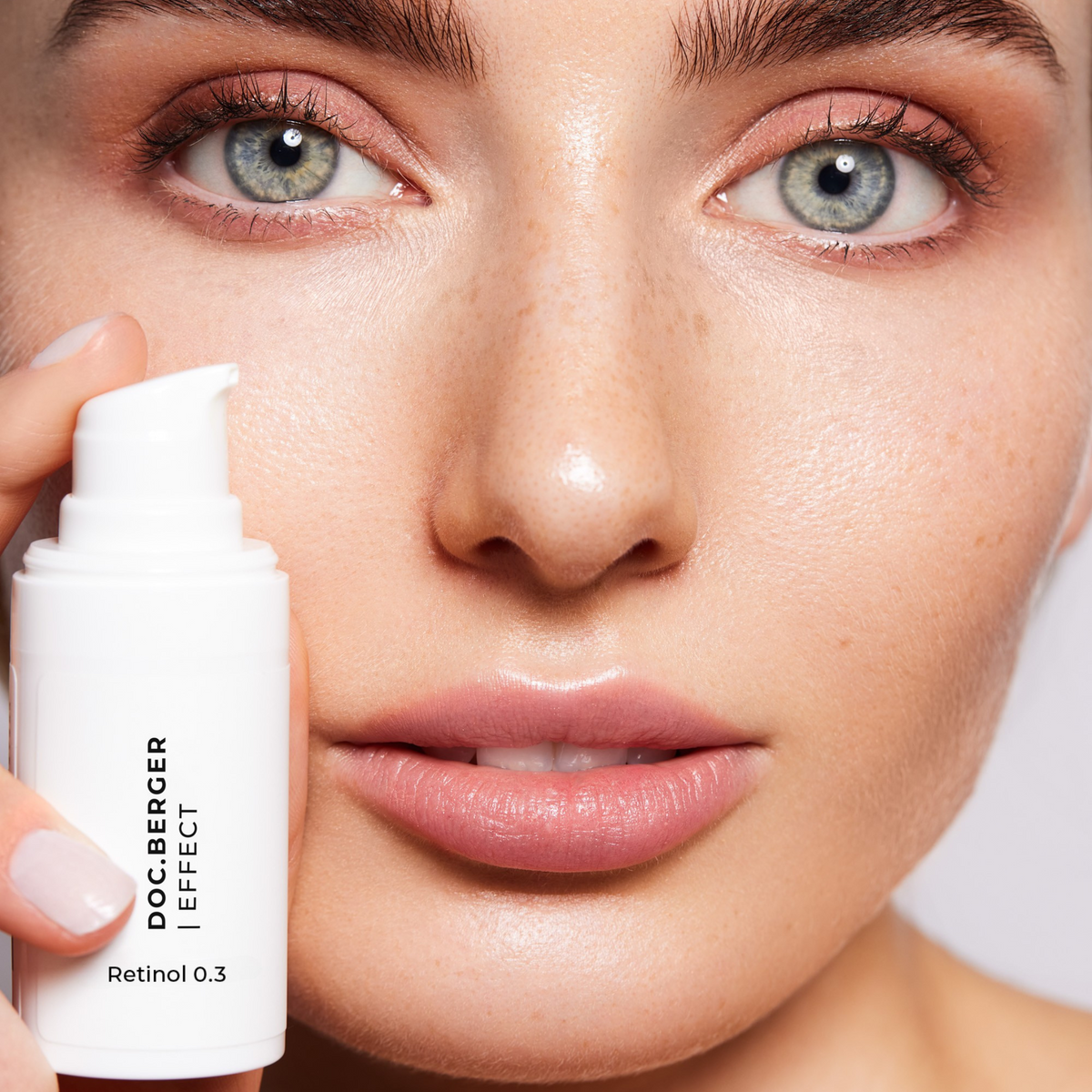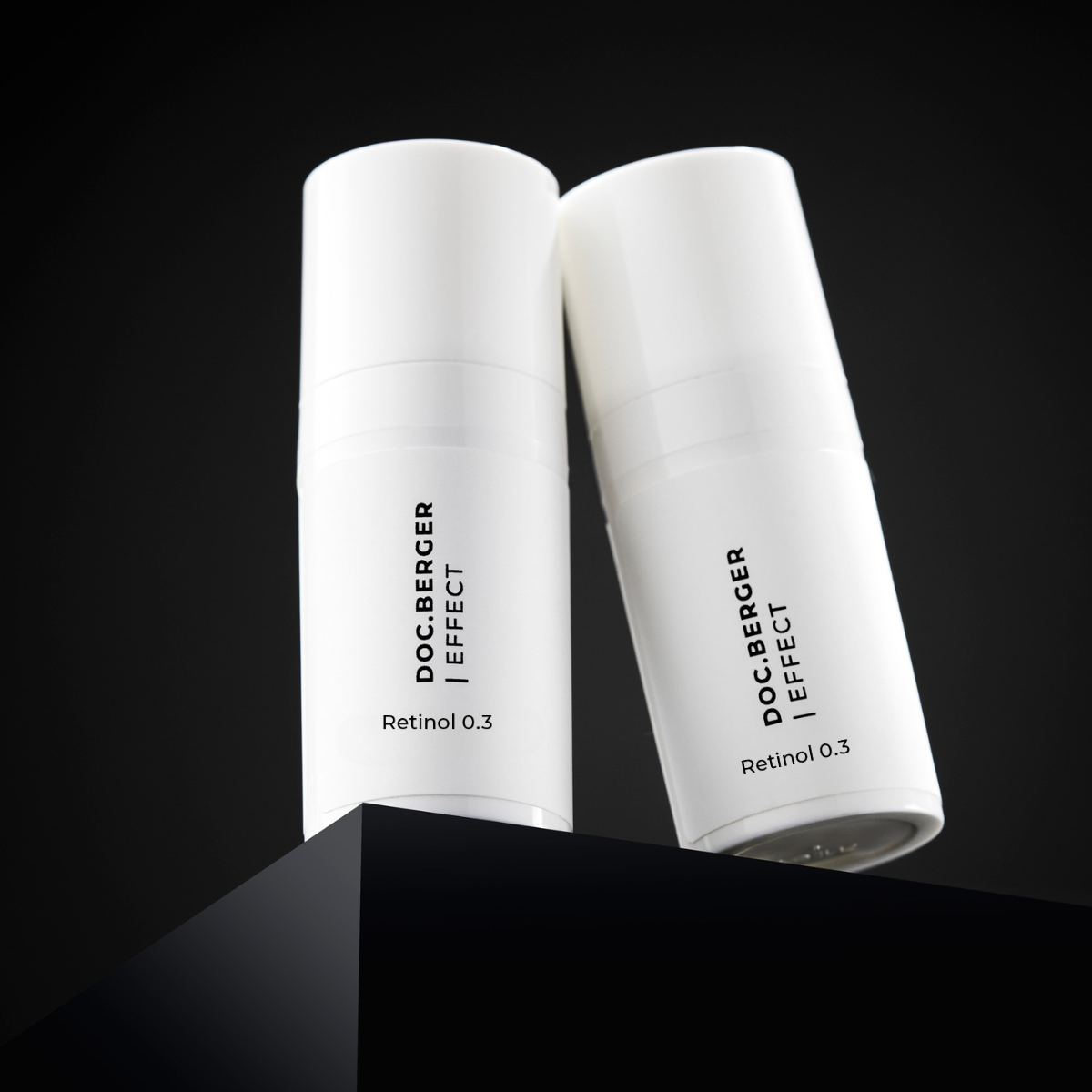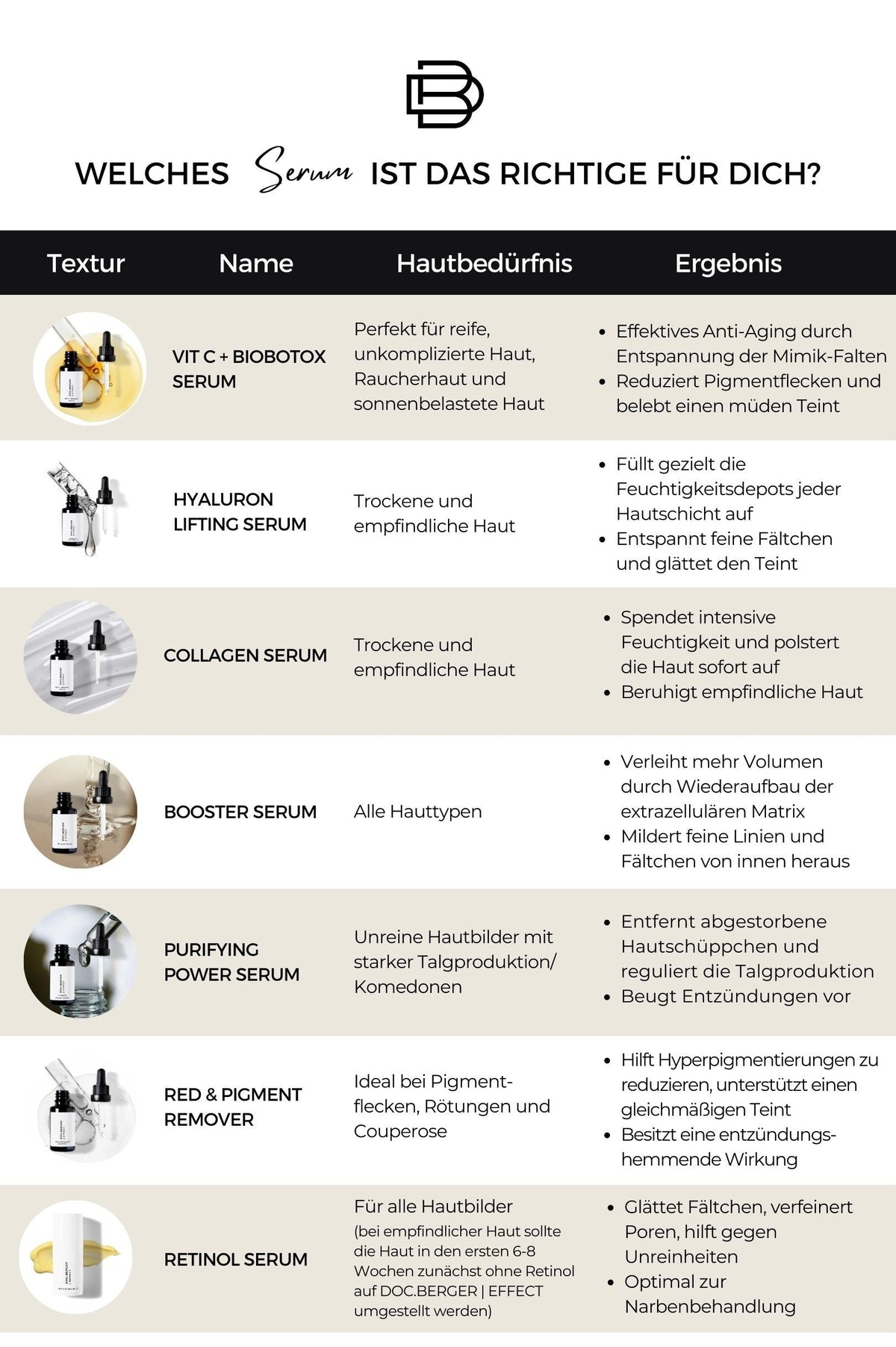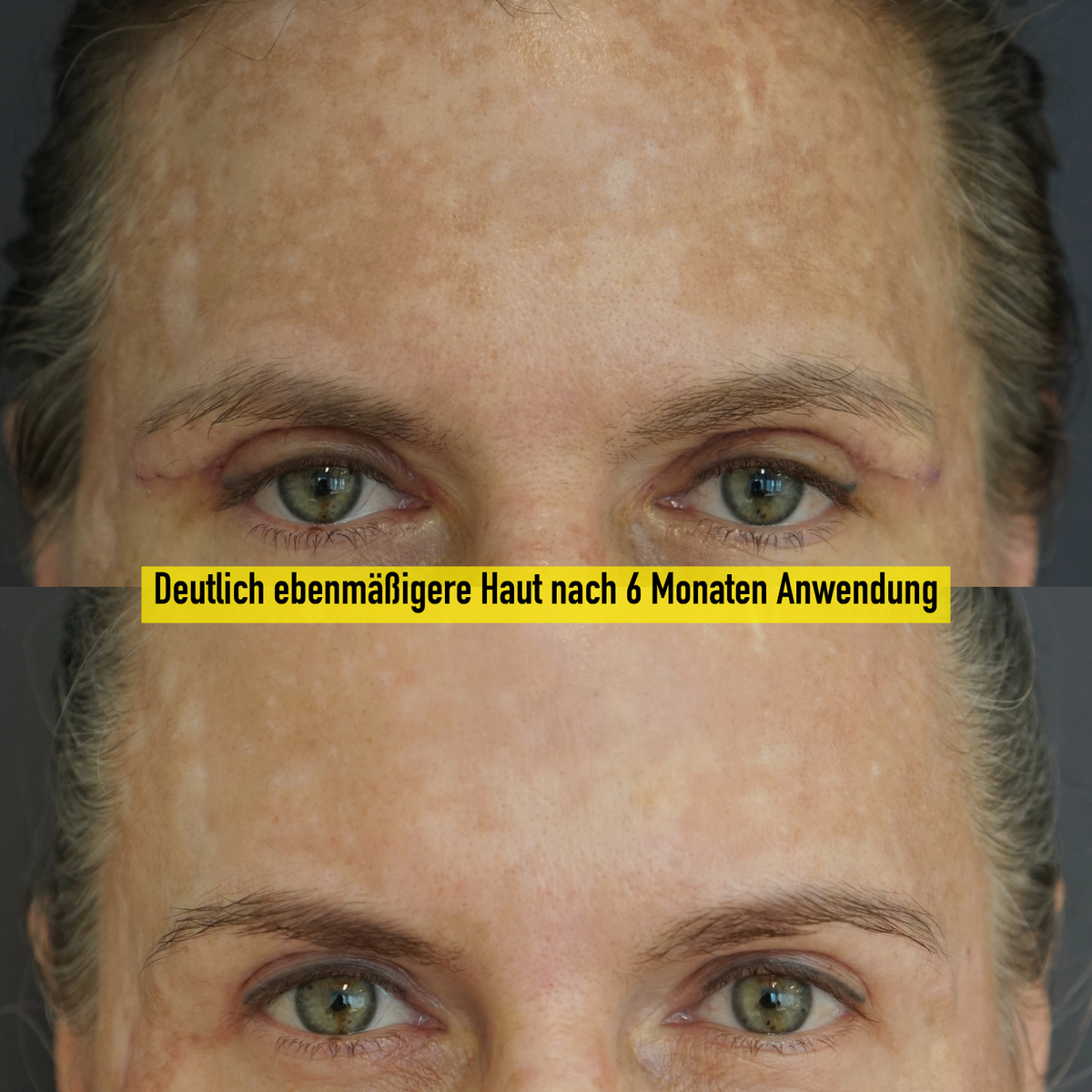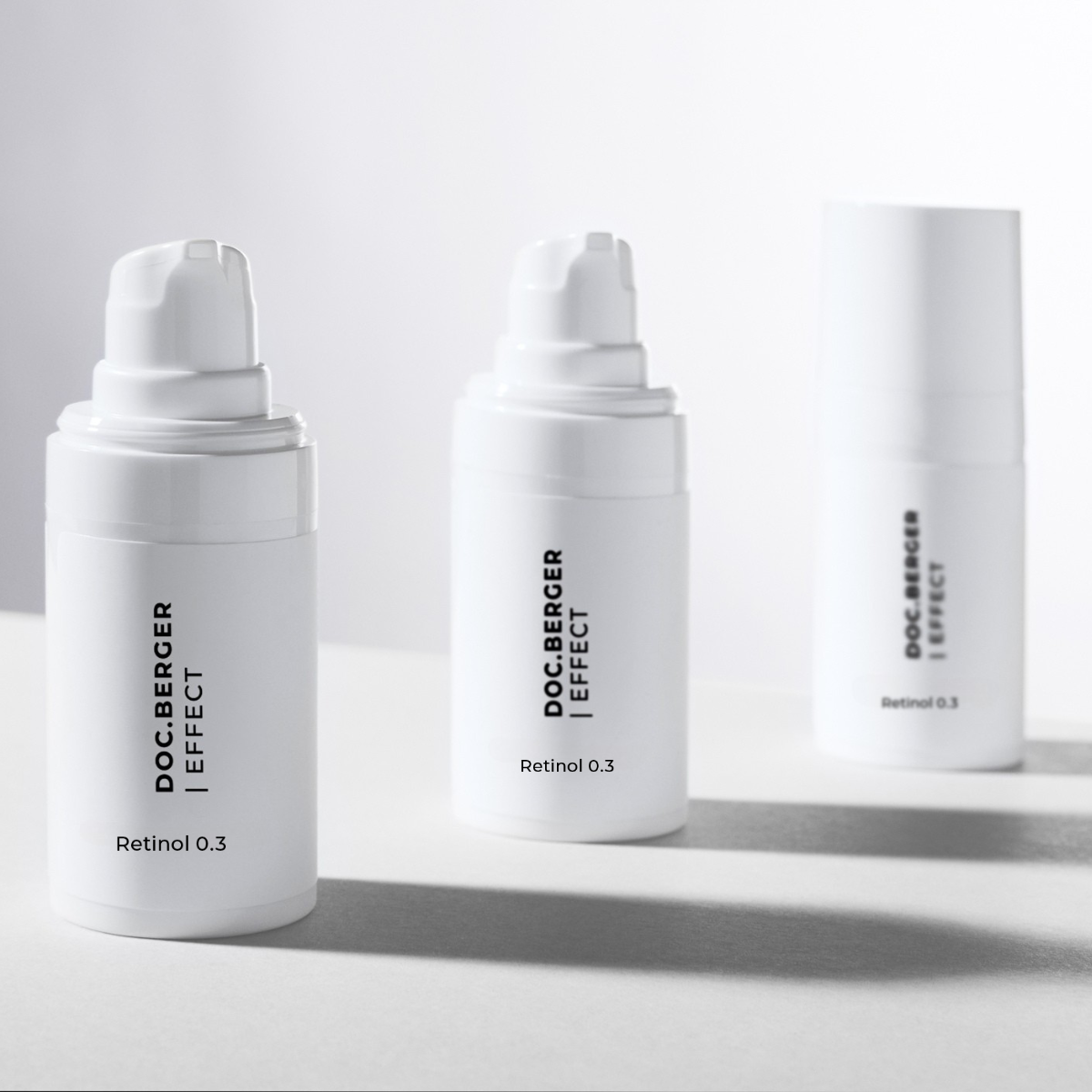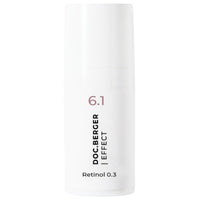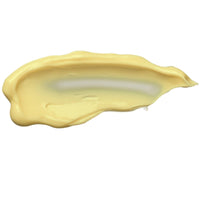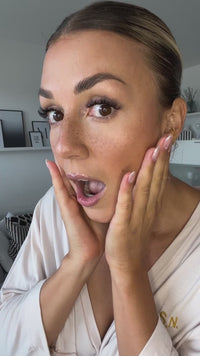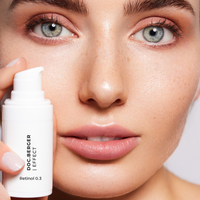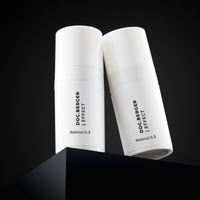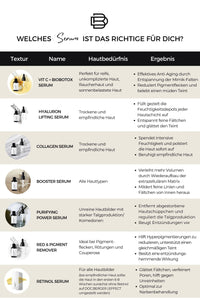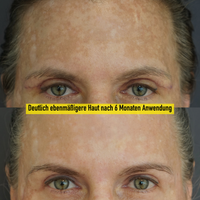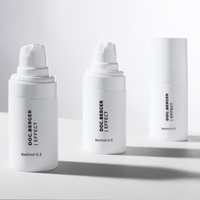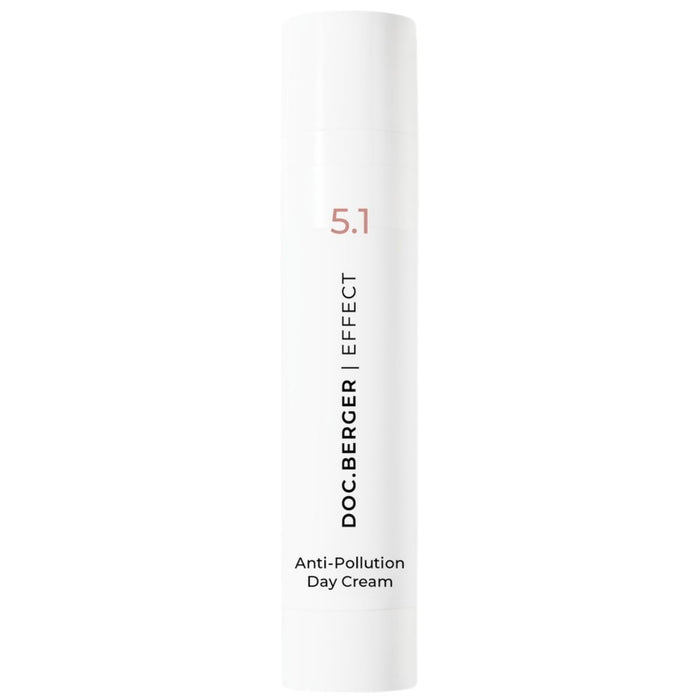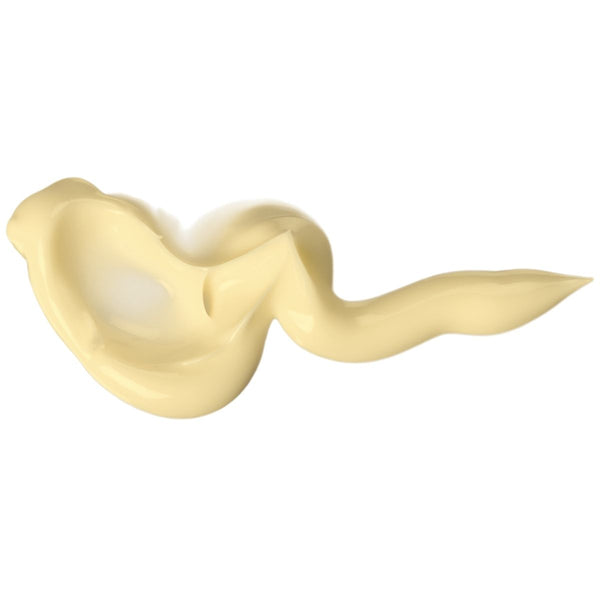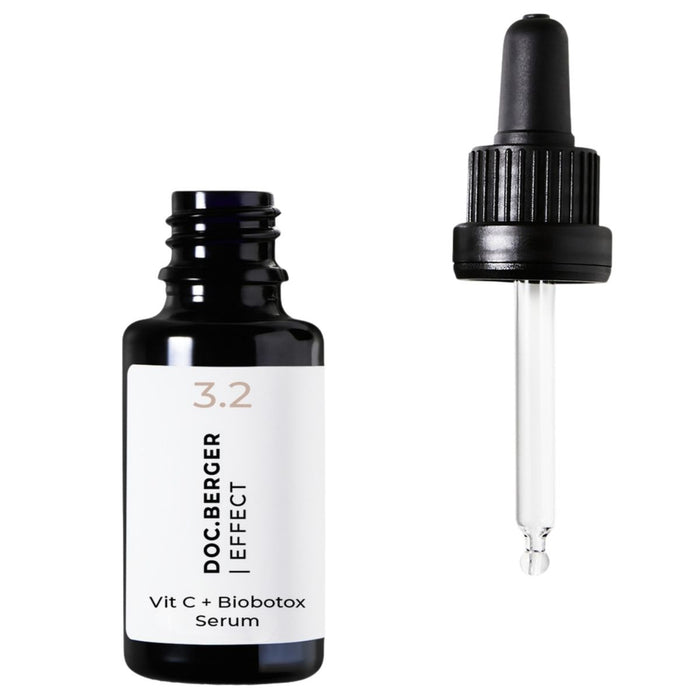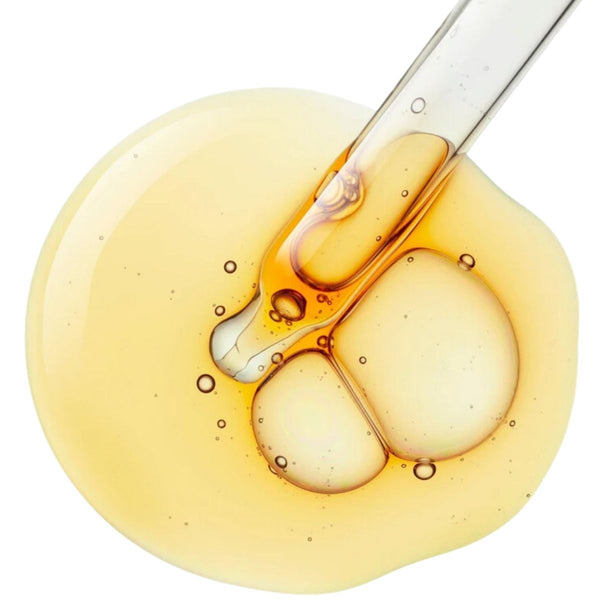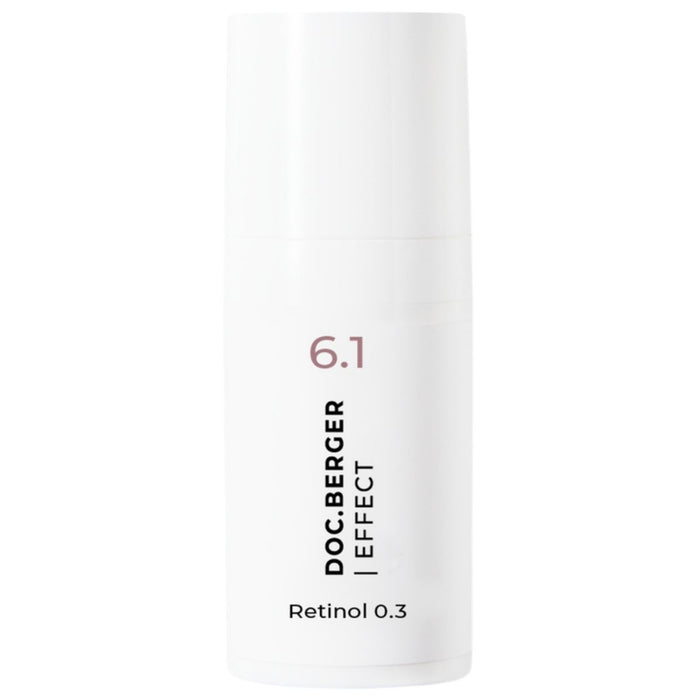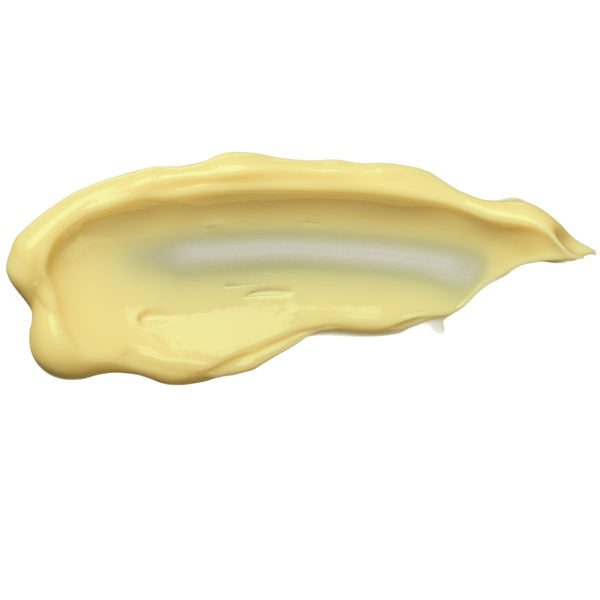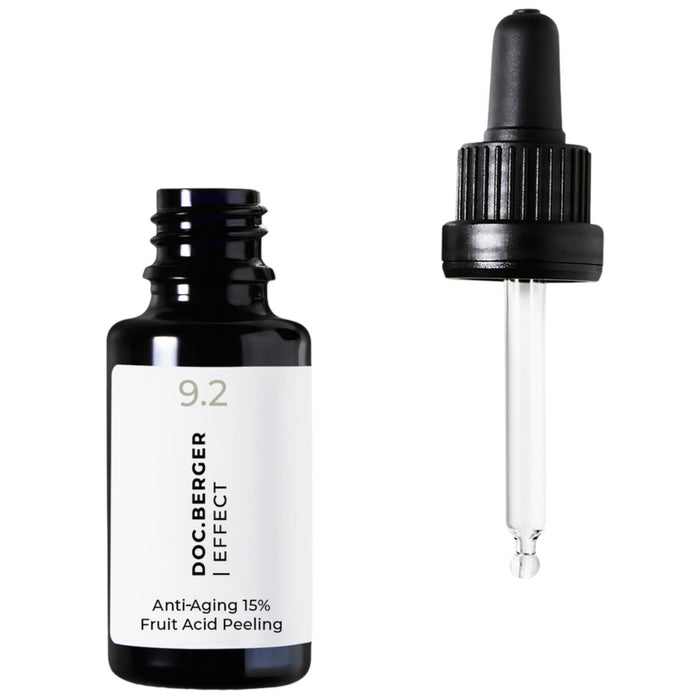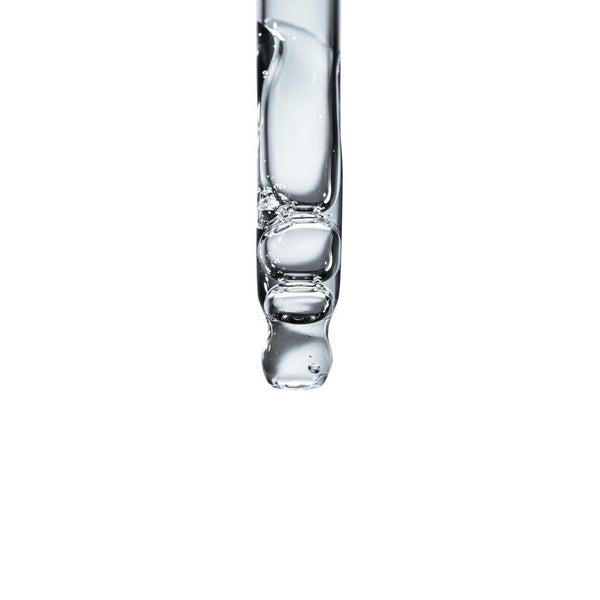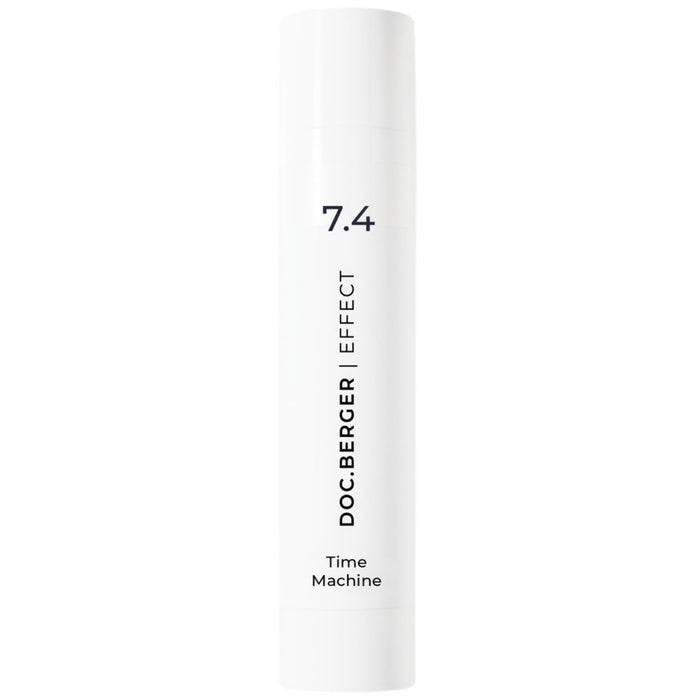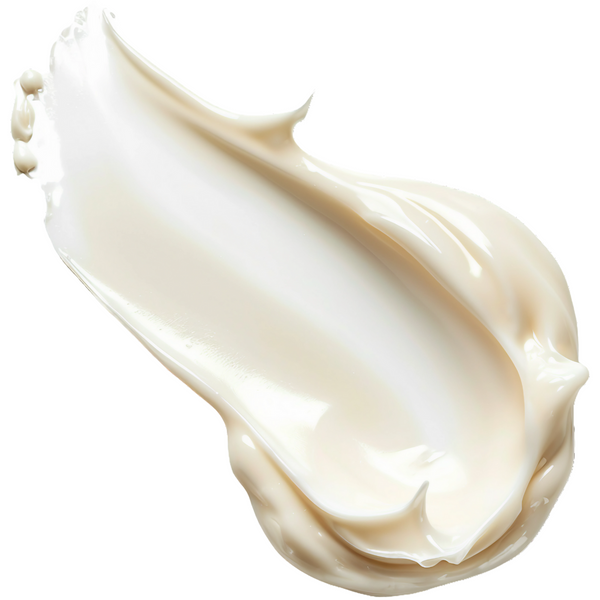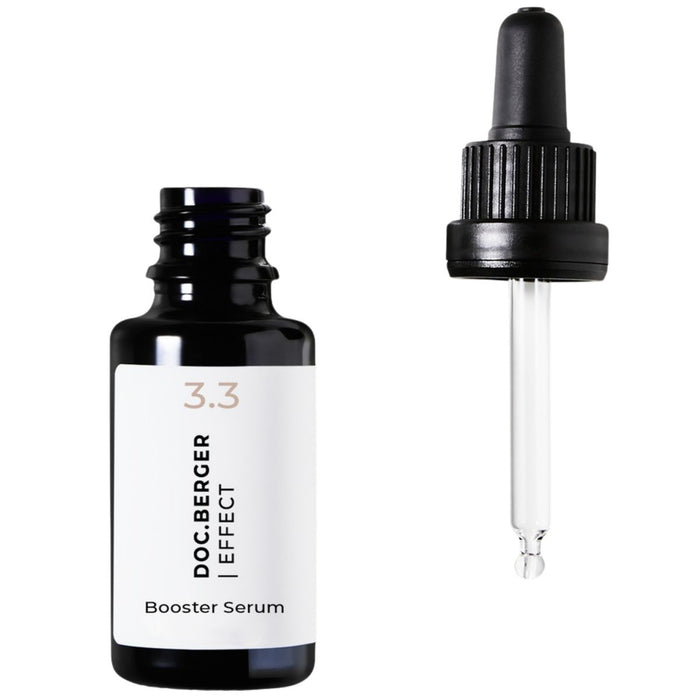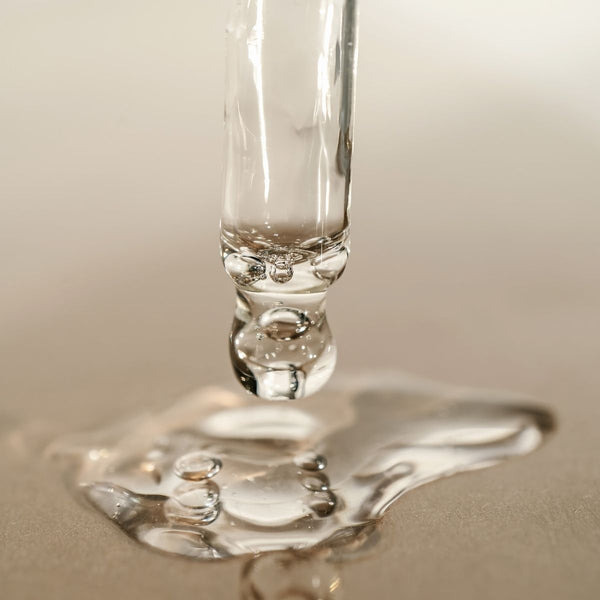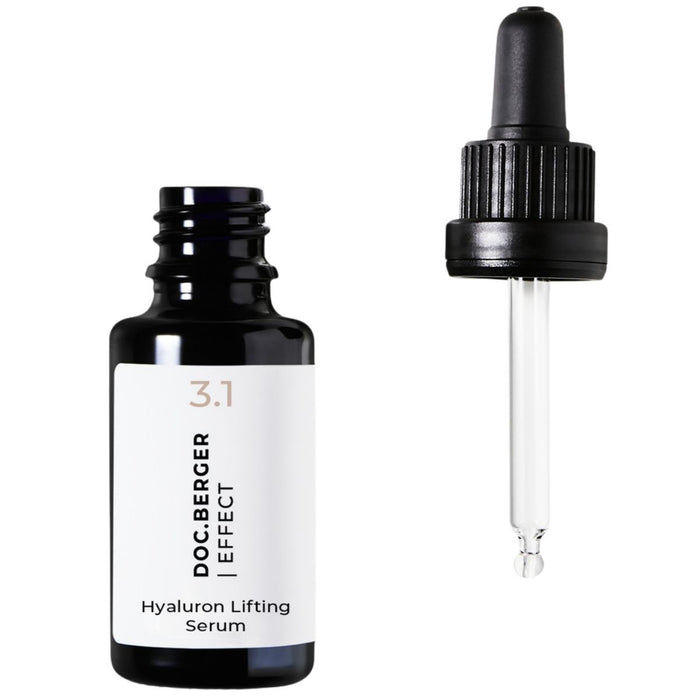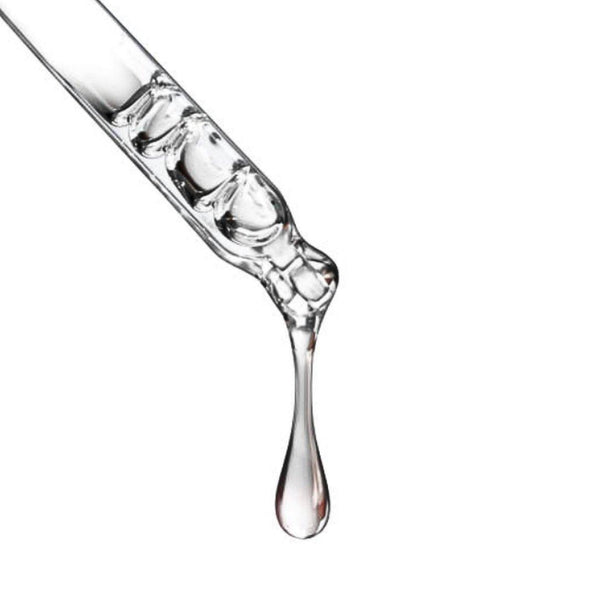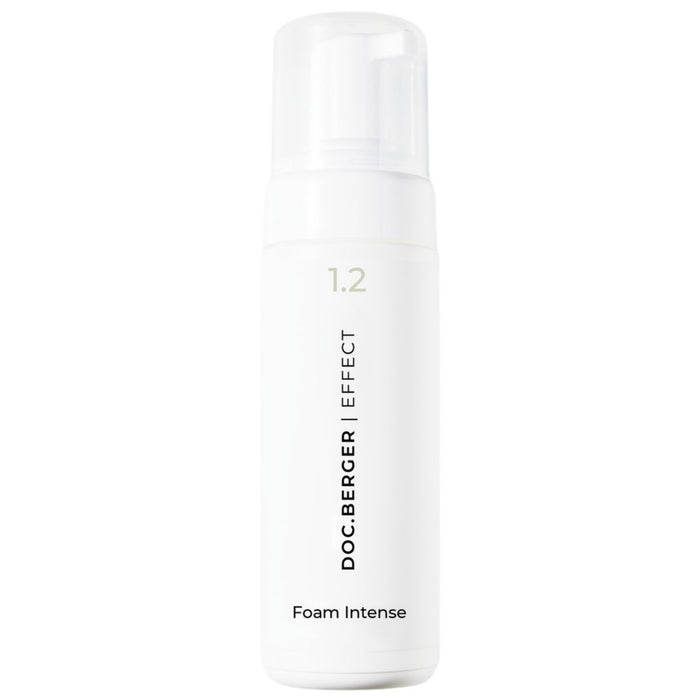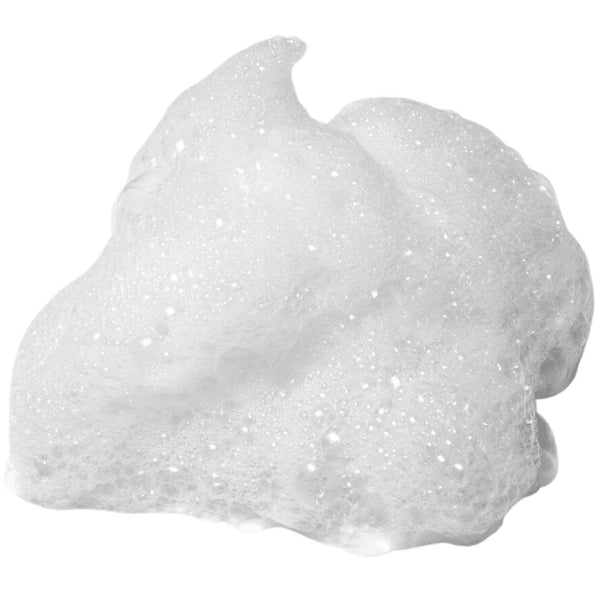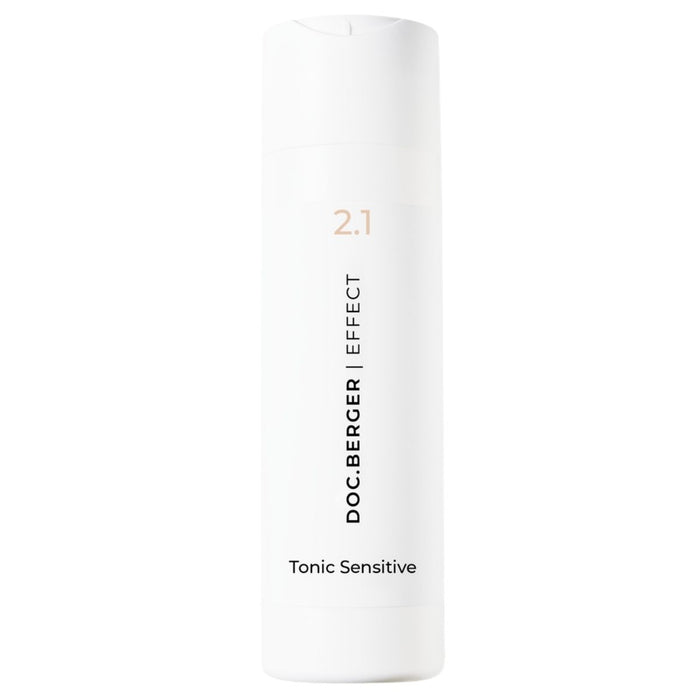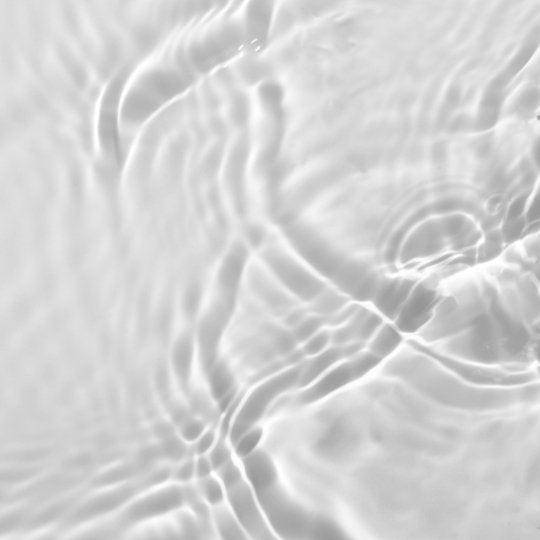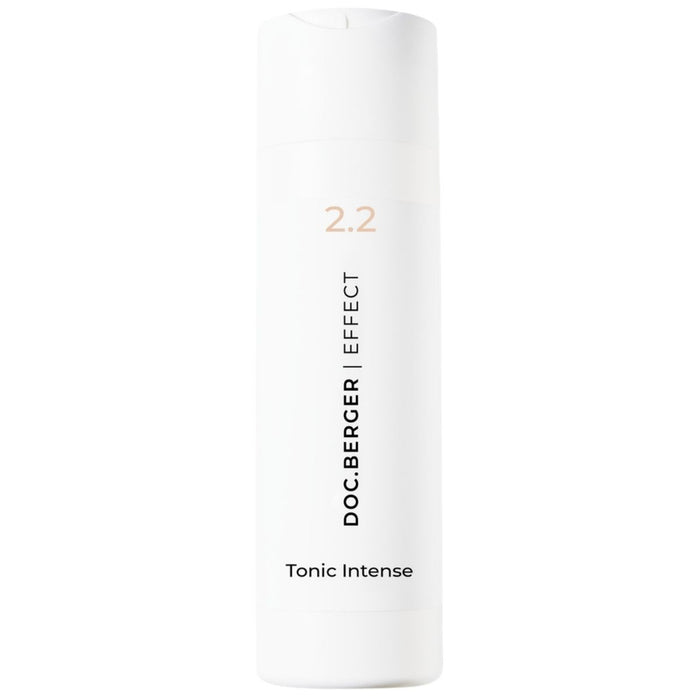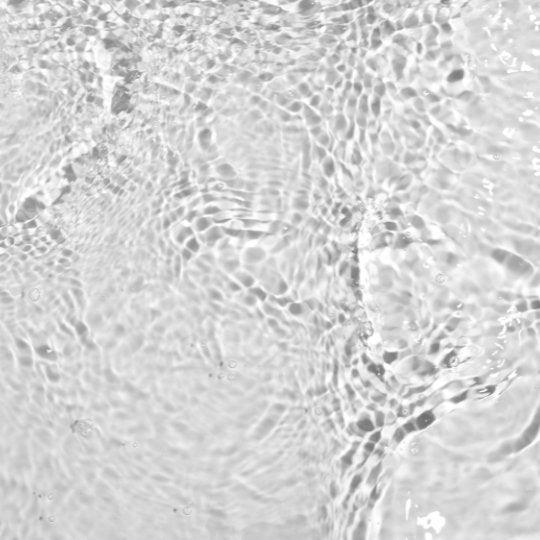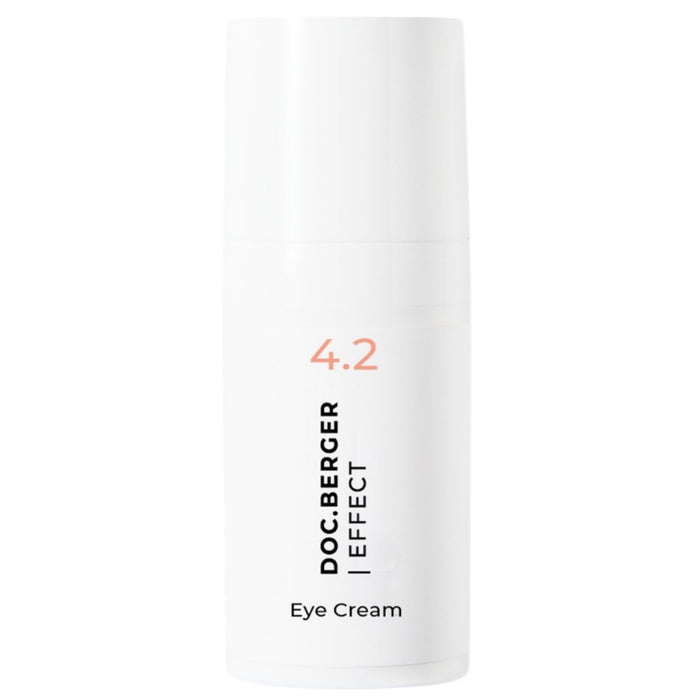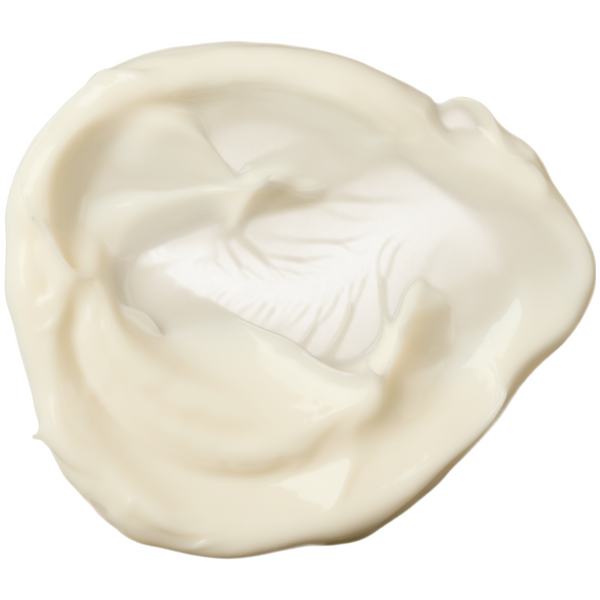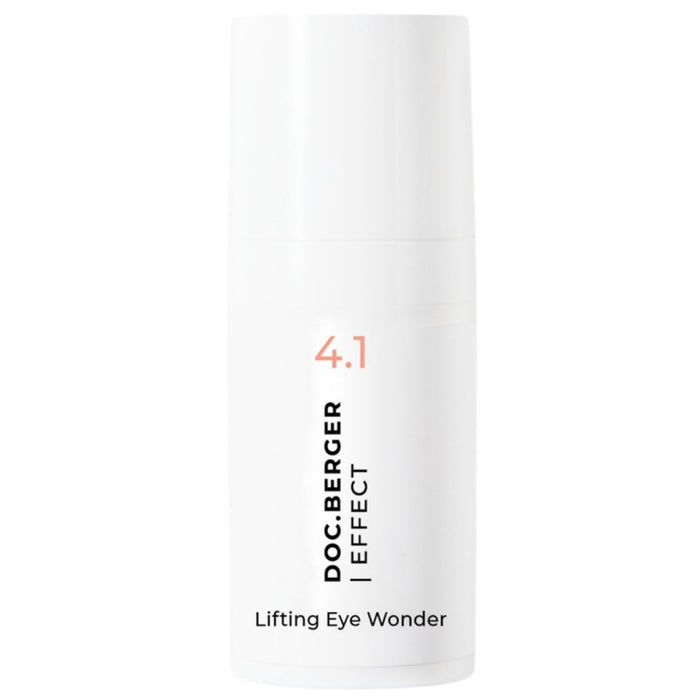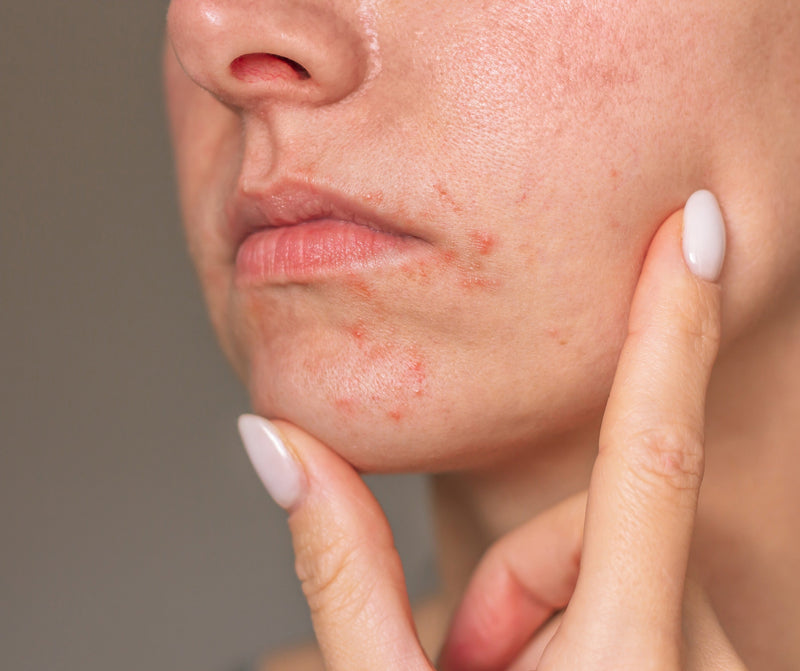Home Remedies for Age Spots: Myths, Risks & Smarter Alternatives
DIY skincare tips often suggest natural remedies like lemon juice, apple cider vinegar, or aloe vera to reduce age spots. But how effective are these treatments really?
While lemon juice is praised for its supposed brightening effect and apple cider vinegar for its acidity, neither remedy has been scientifically proven to reduce pigmentation. Aloe vera may have soothing properties, but it does not target melanin production or correct existing hyperpigmentation in a measurable way.
More importantly, these home remedies carry real risks:
- Citric acid and vinegar can irritate sensitive skin and increase photosensitivity, making sun exposure even more damaging.
- Some users experience or prolonged redness — effects that worsen the problem instead of solving it.
Instead of experimenting with unproven hacks, it’s worth investing in dermatologically tested actives that deliver results without compromising skin health. Think of it not as a quick fix, but as a #skinvestment in your skin’s long-term resilience and clarity.
Professional Treatments for Age Spots: What Actually Works
When it comes to achieving visible and lasting results, professional treatments offer the most targeted and effective solutions. Today’s dermatological methods are backed by science and can be tailored to suit individual skin types, pigmentation depth, and personal goals.
Laser Therapy
One of the most effective treatments, laser therapy uses focused light to break down excess melanin in the skin without damaging surrounding tissue. The result? A clearer, more even complexion with minimal downtime.
Chemical Peels
These treatments involve controlled exfoliation with acids such as glycolic or salicylic acid. By removing dead skin cells and stimulating cell turnover, chemical peels can significantly reduce the appearance of surface-level pigmentation and reveal brighter, smoother skin.
Microdermabrasion
A gentle yet effective mechanical exfoliation technique, microdermabrasion removes the outermost skin layer to refine texture and gradually fade age spots. It's especially suitable for sensitive skin or as a first step in a multi-treatment protocol.
IPL (Intense Pulsed Light)
This light-based therapy delivers broad-spectrum pulses that target melanin clusters in the skin. Over time, age spots fade and the overall tone becomes more even. IPL is non-invasive and typically requires several sessions for optimal results.
When to See a Dermatologist
While age spots are usually harmless, it’s important to consult a dermatologist if you notice:
- Rapid changes in size, color, or shape
- Irregular borders or multi-toned pigmentation
- Bleeding, itching, or sudden texture changes
A professional evaluation helps rule out more serious conditions such as melanoma and ensures you receive a treatment plan tailored to your skin’s needs. If over-the-counter products fail to deliver results, a dermatologist can also recommend customized, evidence-based protocols based on your skin analysis.




